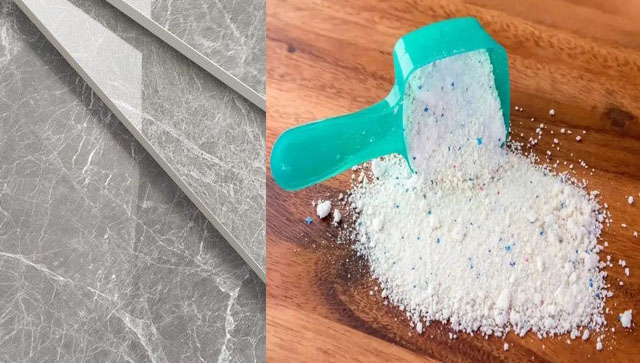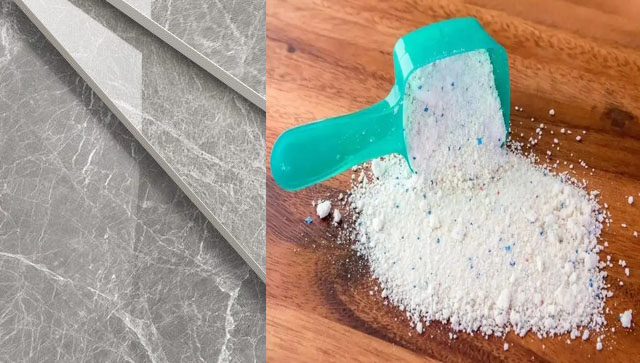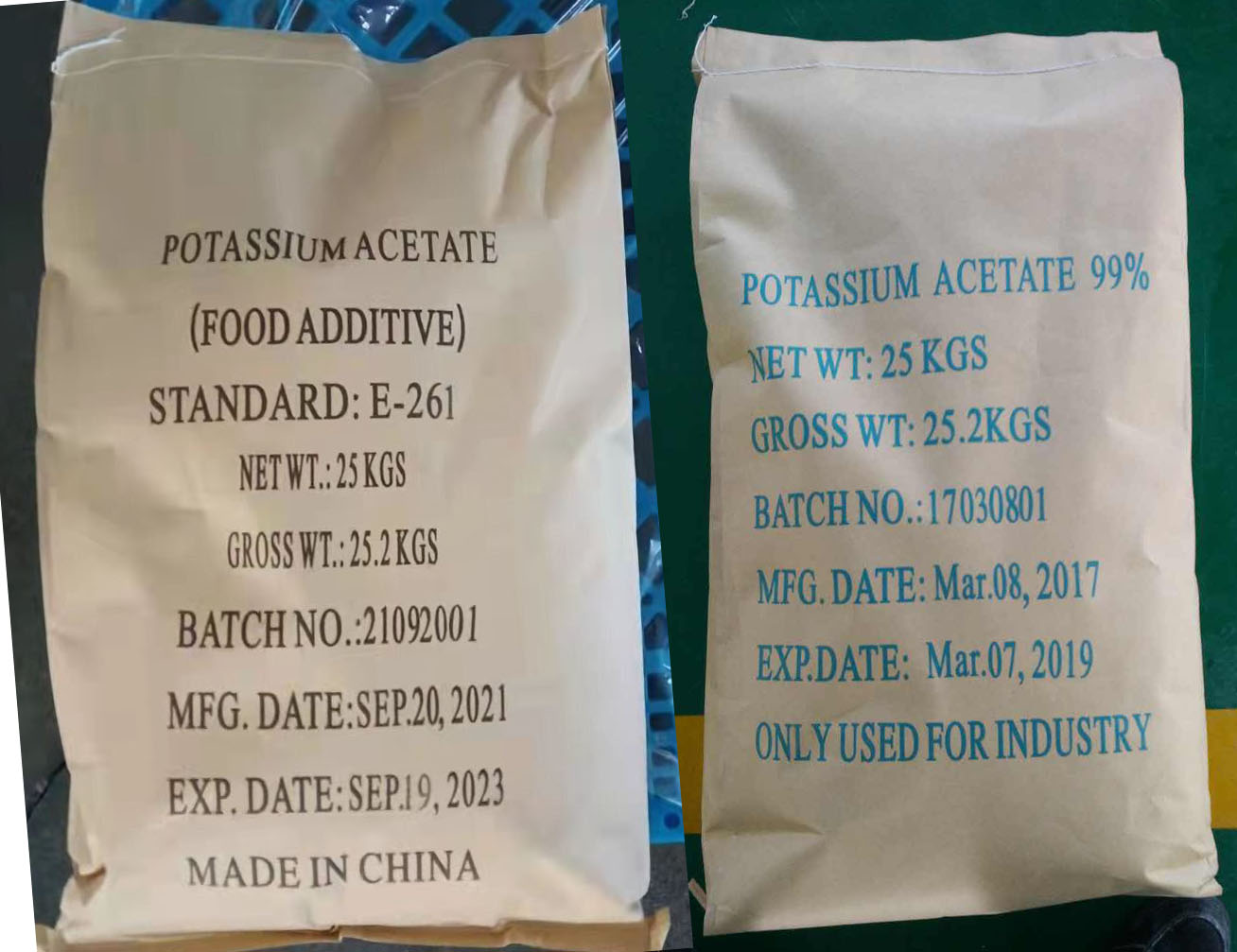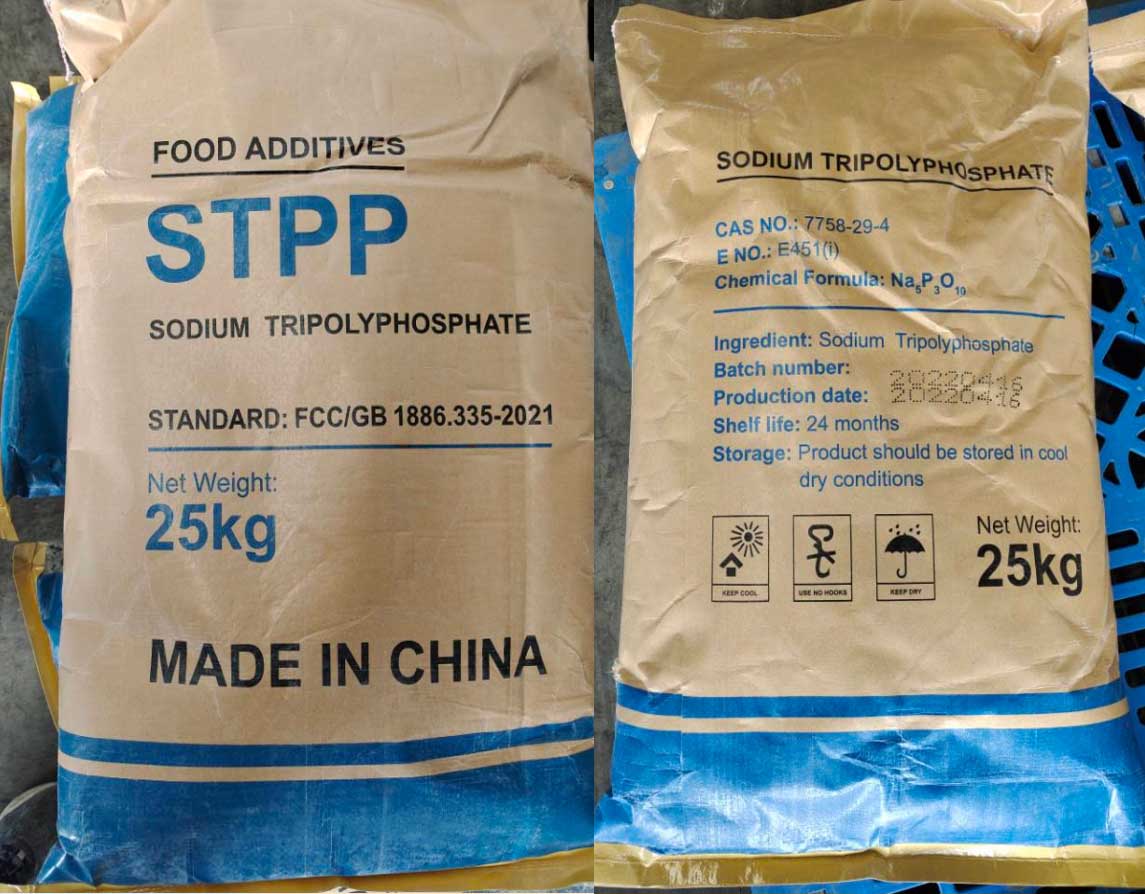1. Basic Information
Chemical Name: Methylene Chloride (Dichloromethane)
Chemical Formula: CH₂Cl₂
CAS Number: 75-09-2
Molecular Weight: 84.93 g/mol
Appearance: Colorless, volatile liquid with a sweet, chloroform-like odor
Boiling Point: 39.6°C (103.3°F)
Density: 1.33 g/cm³ at 20°C
Solubility: Slightly soluble in water (~1.3 g/100 mL), but miscible with most organic solvents
Vapor Pressure: 47.4 kPa at 20°C
2. Production Method
Methylene chloride is mainly produced through the chlorination of methane or chloromethane in the presence of a catalyst. The key reaction steps are:
<math xmlns="http://www.w3.org/1998/Math/MathML" display="block">The process typically results in a mixture of chlorinated methane derivatives (methyl chloride, methylene chloride, chloroform, and carbon tetrachloride), which are then separated by distillation.
3. Packaging
Methylene chloride is commonly packaged in:
Bulk storage tanks for large-scale industrial use
Steel drums (250 kg or 270 kg)
IBC (Intermediate Bulk Containers, ~1000L)
Small metal or plastic containers for laboratory or small-scale applications
Due to its high volatility and potential health hazards, packaging must ensure airtight sealing to prevent leaks and evaporation.
4. Applications
Methylene chloride is widely used in various industries due to its strong solvency and volatility.
Industrial Solvent
Used in paint removers, adhesives, and degreasing agents
Dissolves resins, oils, and waxes efficiently
Chemical Processing
Serves as a reaction medium in pharmaceutical and chemical synthesis
Used in the production of polycarbonate and acetate fibers
Foam Blowing Agent
Used in the production of polyurethane foams
Helps control foam expansion and structure
Aerosol Propellant
Historically used in spray products (though restricted in some countries)
Laboratory & Extraction Solvent
Commonly used in caffeine extraction from coffee and tea (though being phased out)
Used for fat and oil extraction in food processing
5. Working Principle
Methylene chloride functions primarily as a solvent due to its low boiling point, high volatility, and strong dissolving ability. Its working principles include:
Solvation Power: Can dissolve various organic compounds, making it useful for degreasing and extraction.
Volatility: Evaporates quickly, leaving behind little to no residue.
Non-Flammability: Unlike many organic solvents, it is non-flammable under normal conditions, making it safer in industrial use.
Penetration Ability: Effective in breaking down coatings, adhesives, and contaminants in cleaning and stripping applications.
6. World-Famous Brands & Manufacturers
Several global chemical companies manufacture and supply high-purity methylene chloride, including:
Dow Chemical (USA) – One of the largest producers of chlorinated solvents
Olin Corporation (USA) – Specializes in chlorinated organic compounds
Occidental Chemical Corporation (OxyChem) (USA) – Produces high-purity methylene chloride
BASF (Germany) – Supplies methylene chloride for industrial and laboratory applications
INEOS (UK/Switzerland) – A major supplier of chlorinated solvents
Solvay (Belgium) – Produces methylene chloride for pharmaceuticals, coatings, and adhesives
Conclusion
Methylene chloride is a versatile, fast-evaporating, and strong solvent widely used in chemical processing, paint removal, degreasing, and foam production. Despite its industrial significance, health and environmental concerns have led to strict regulations on its use. Leading manufacturers such as Dow, BASF, and Solvay continue to refine production and safety measures to comply with global standards.




